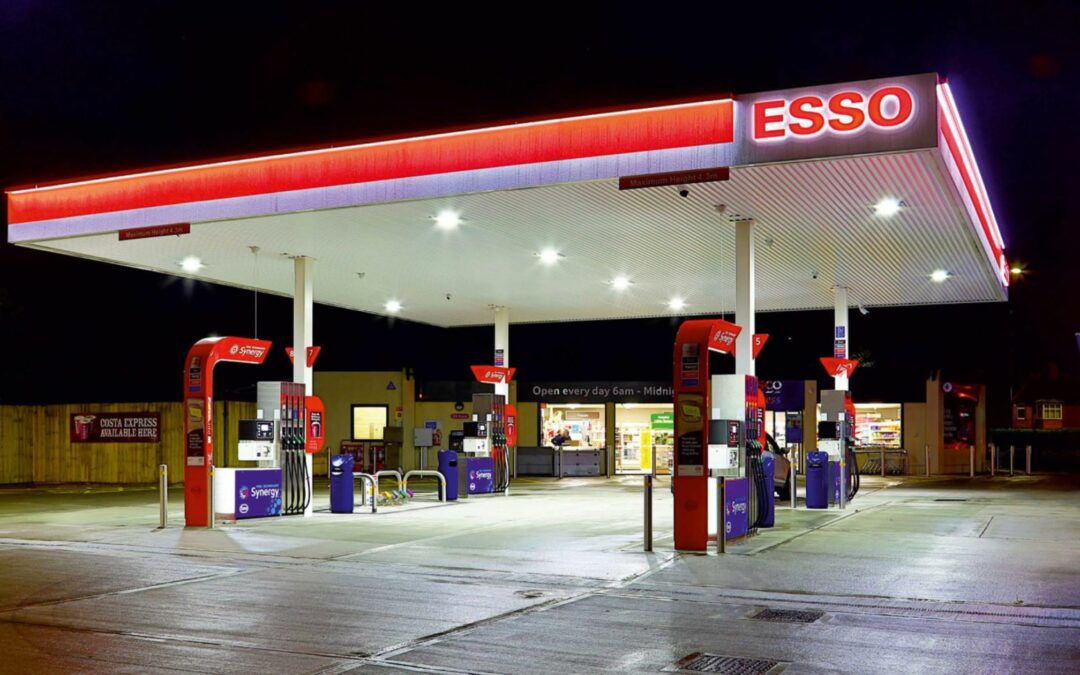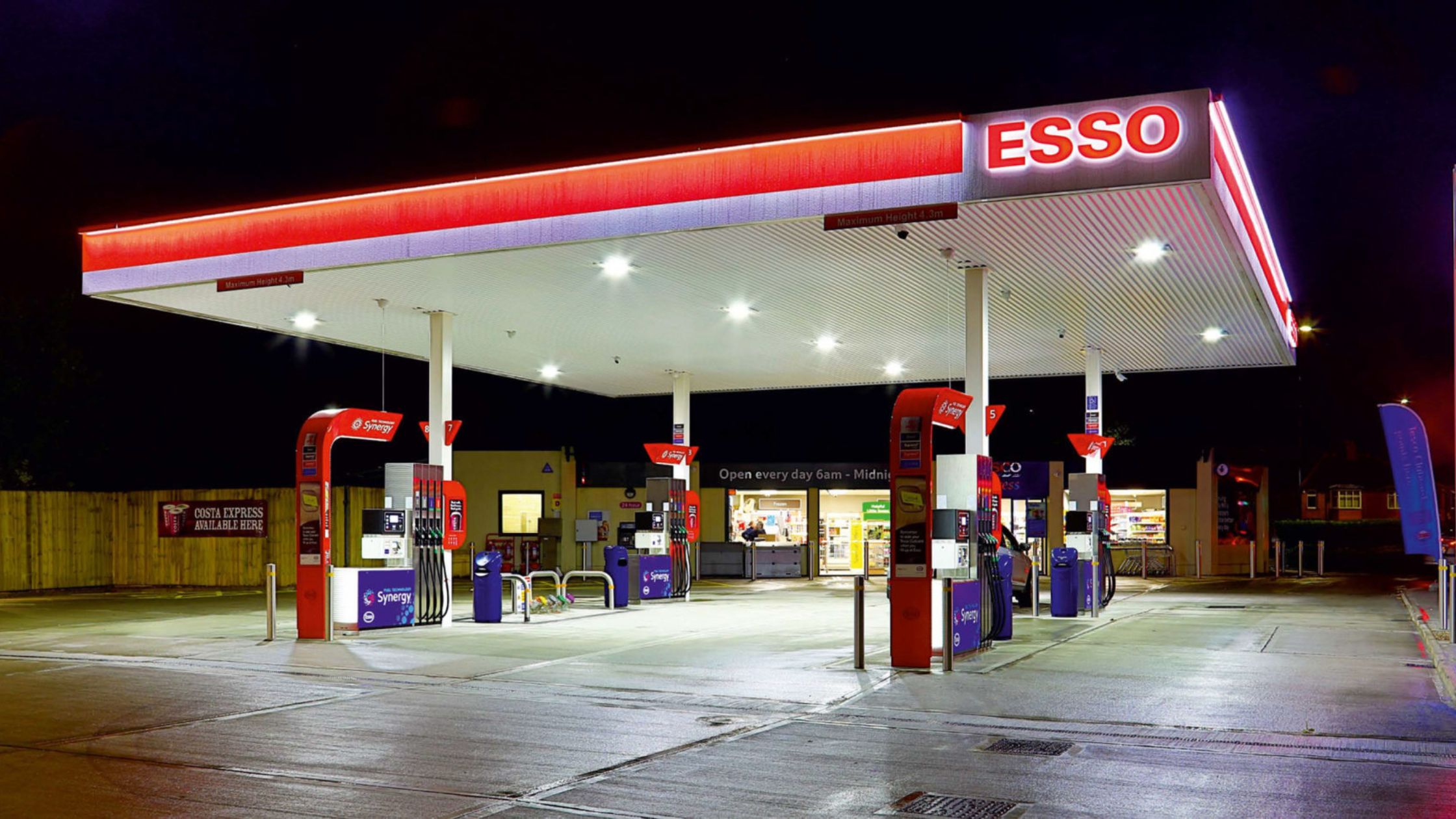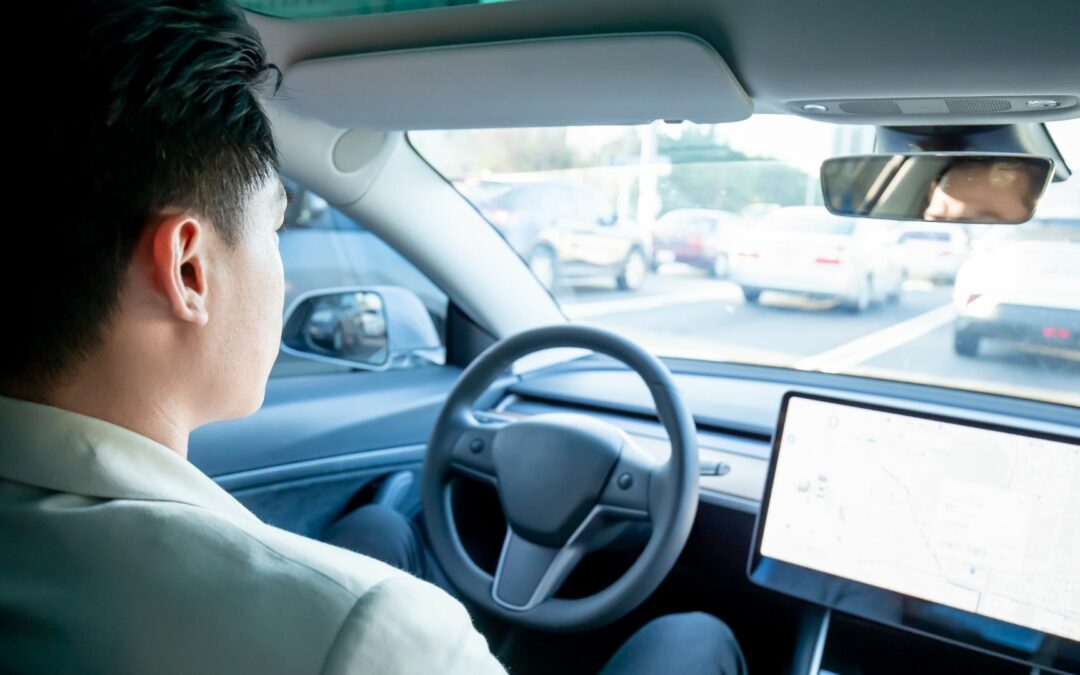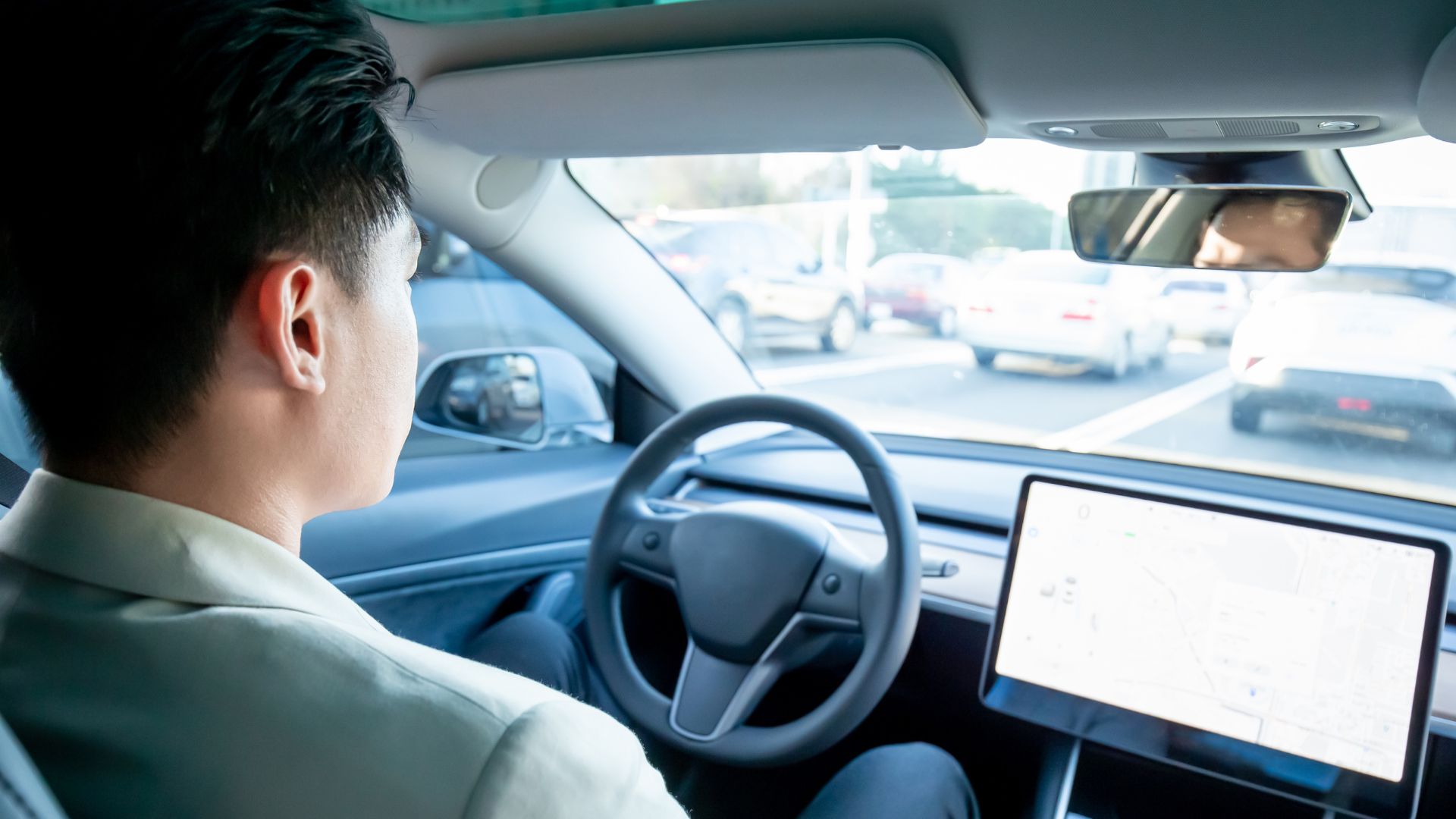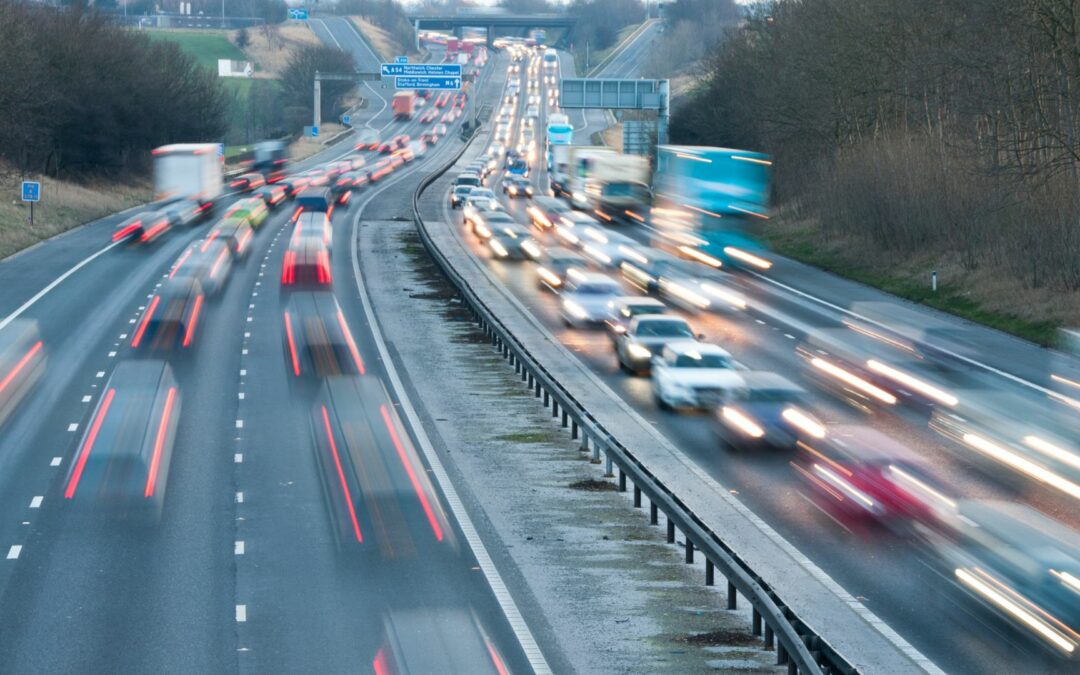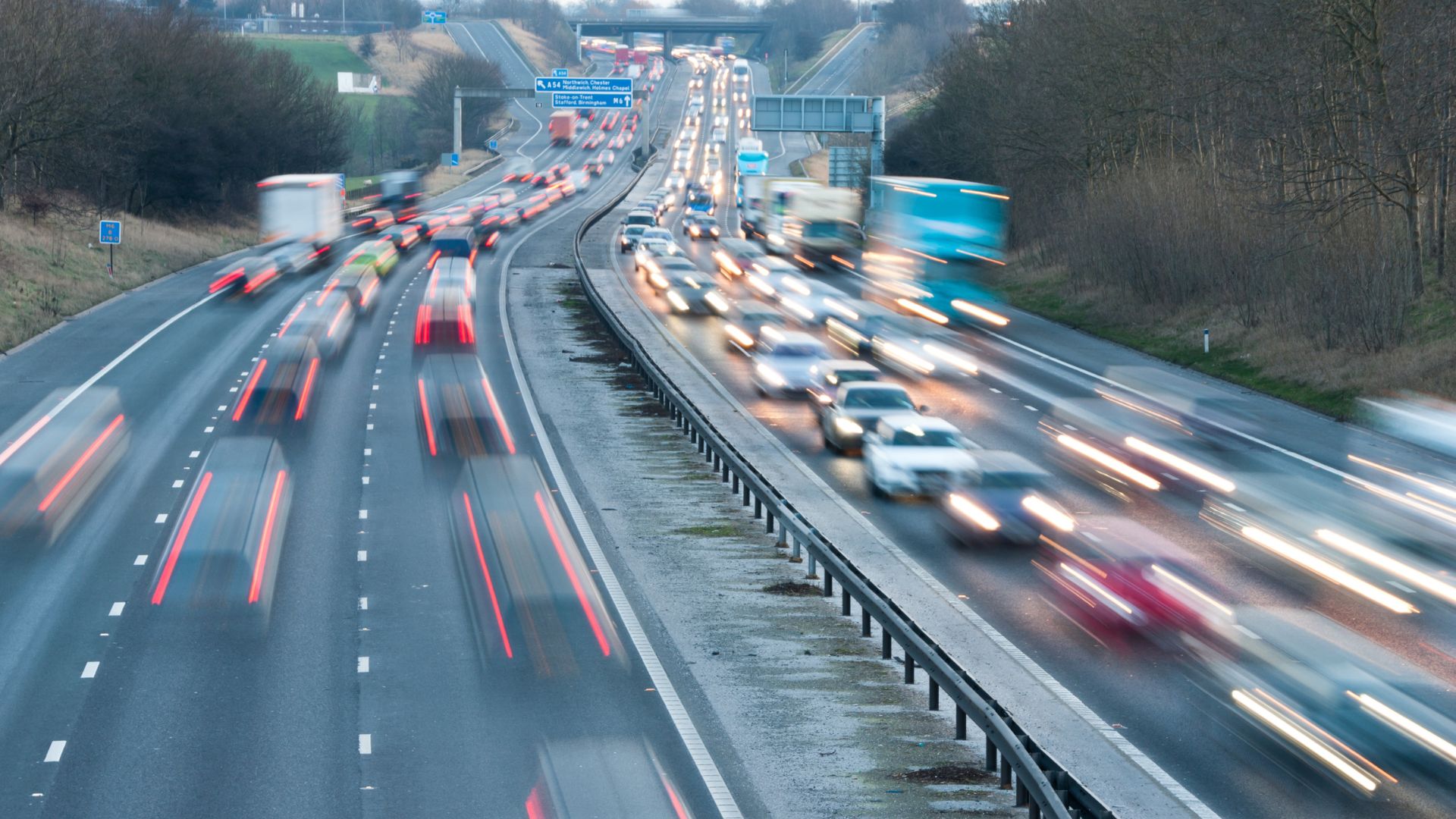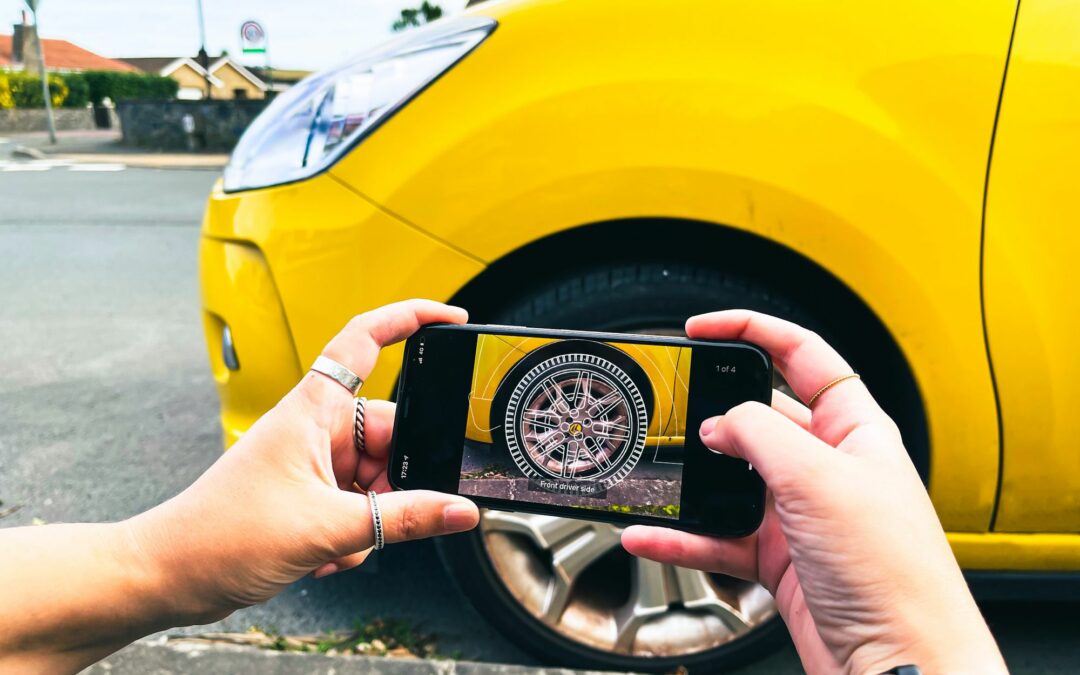
Top 10 tips for selling your car
Sponsored content
If you feel like you want to take charge of your car’s sale and need a little support selling, here are ten great tips that will help put you back in the driving seat.
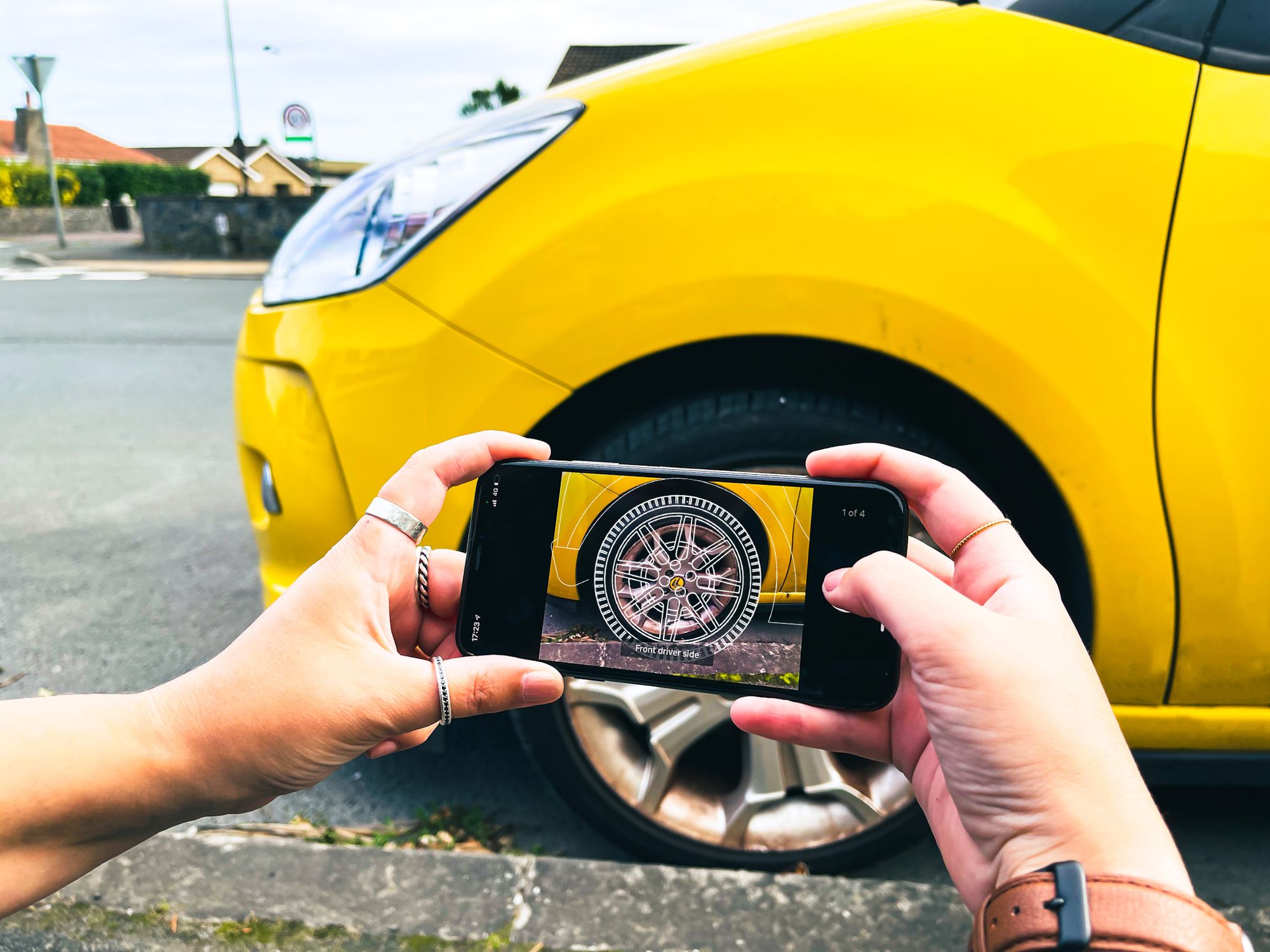
Top 10 tips for selling your car
Selling your car can be a daunting and stressful activity. If you’re not a car expert – and you’re dealing with prospective buyers or car dealers – it can quickly feel like you’re spiralling out of control.
If you feel like you want to take charge of your car’s sale and need a little support selling, here are ten great tips that will help put you back in the driving seat.
1. Understand your car’s true value
Though you might personally value your car very highly – it might even hold significant sentimental value for you – when you come to sell, you’ll find out that its value is, in fact, set by the market.
Your car’s true value will be affected by such factors as age, mileage, condition, and service history – but market prices are also a factor. If you want a decent price for your vehicle, it is essential that you first ascertain its true market value.
2. Get a valuation for your car
Getting an accurate picture of your car’s value is now quicker and easier than it’s ever been. There are now plenty of websites – including Motorway – that can provide you with an instant estimate of your car’s value based on up-to-date market data, simply by entering your reg online.
3. Be realistic
If you want to see what other similar models to your car are selling for, you should also look at the pages of Auto Trader and the auction website eBay and see what prices the same year and model cars are achieving in private sales. If your car is worth less than £200, you may get more selling it for scrap.
4. Working out your priorities
What are you looking for from your sale? Ask yourself, early in the process, what do you care about most? Speed, convenience, or final selling price?
If you just want to free up some space in your garage or your drive and want to be rid of your car as quickly as possible – then you might want to choose an instant car-buying website or part-exchange your car at a dealership.
If you are more interested in getting the best price you can for your car, then selling privately through a classified advert or an online auction will usually be a better option. Though you will typically get a better price this way, selling privately is often a very protracted, drawn-out process – which can involve you showing your car to many prospective buyers over a long period.
5. Select the best selling option for you
If you do decide to sell privately, you might attain a higher price than you would at an instant car-buying website – but it’s also a sale route with no guarantees. Plus, you will likely have to deal with several prospective buyers coming to your house, potentially bartering over the car’s price, and putting up with timewasters.
If you’d prefer convenience and the best price for your car – you could try Motorway. Motorway will put your car on sale with a nationwide network of more than 4,000 verified car dealers – who will then compete to buy your car. Not only is it quick and easy, but with this free online service, you can potentially receive more than £1,000 more for your car.
6. Getting the car ready for sale
If you’re selling to an instant car buyer or part-exchanging, you won’t need to do too much with your car except to remove your belongings (maps, tool kits, child seats, etc.) from it before handing over your keys. If you’re selling privately, however, you need to make sure that your car is looking as good as possible to avoid prospective buyers chipping away at the price.
Ensure your car is cleaned thoroughly inside and out and – if you think it’ll drive up your selling price – fix minor issues like dents and scratches. Replacing worn-out floor mats and buying a good-quality air freshener are cheap ways to improve the inside of your car. If you decide to use a service like Motorway, making your car look as good as possible will help generate a better response from their network of verified dealers, before they compete to make you an offer.
7. Take time with your pictures
If you’re selling your car privately or via Motorway, you will need to take pictures of it. Whilst you don’t need to be a professional photographer, using a decent digital camera will obviously help here. Borrow one, if you don’t have one yourself. Remember to take your pictures in good weather and use a pleasant background location. A light and open space will always make your car look better. Also, a country lane or leafy street will help make your car more sellable than parking it next to some bins or a graffitied wall. Remember to get shots from all around your car – both inside and out.
8. Knowing how to negotiate
Whilst it’s true that if you choose to use an instant online car-buying service you will usually have less need to negotiate, many will often try to chip down the price they previously offered during the final inspection – especially if your car is in any way different to how you initially described it.
However, if you decide to sell privately or part exchange then you should probably be prepared to barter over the price. When meeting a prospective buyer or car dealer always ensure you’re armed with research about what your car is worth. Try to stand your ground – and be prepared to walk away from the negotiation if they attempt to radically undercut your price.
If you’re concerned about negotiating with buyers and dealers, consider using Motorway’s free service which will match your car with a verified dealer willing to pay the best price –without the need for negotiating.
9. Get a safe payment
However you choose to sell your car, it is of course essential that you never give anyone your car keys until after you’ve been paid. Also, you should never allow a buyer to pay by cheque or tell you that they’ll transfer the money later.
A reputable buyer will always understand that you need to receive payment – either with cash or bank transfer – before you hand over the keys. If it’s a transfer, you will also need to confirm that the money has reached your bank account.
Motorway’s service is completely free for sellers – and payments are always made by secure bank transfer.
10. What to do post-sale
When payment for your car has been confirmed, you should then hand over your car keys (including any spares), the ‘New Owner’ section of your V5C (vehicle logbook), and your service and MOT history.
As well as informing the DVLA that you have sold your car, you will also need to cancel your car insurance and reclaim your road tax. Many drivers don’t realise road tax can be reclaimed after the sale of a car – but the DVLA actually makes this process very easy via their website.
